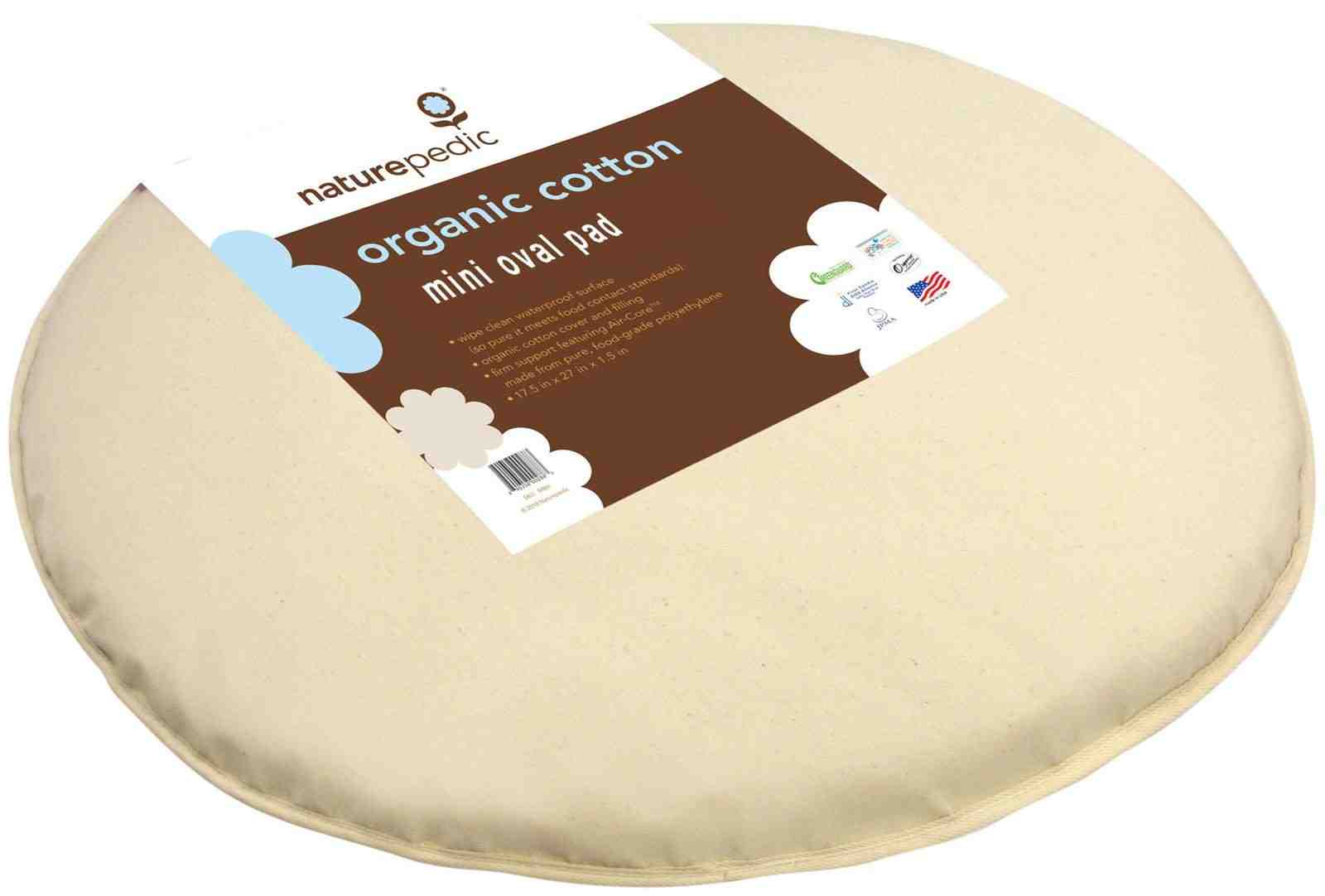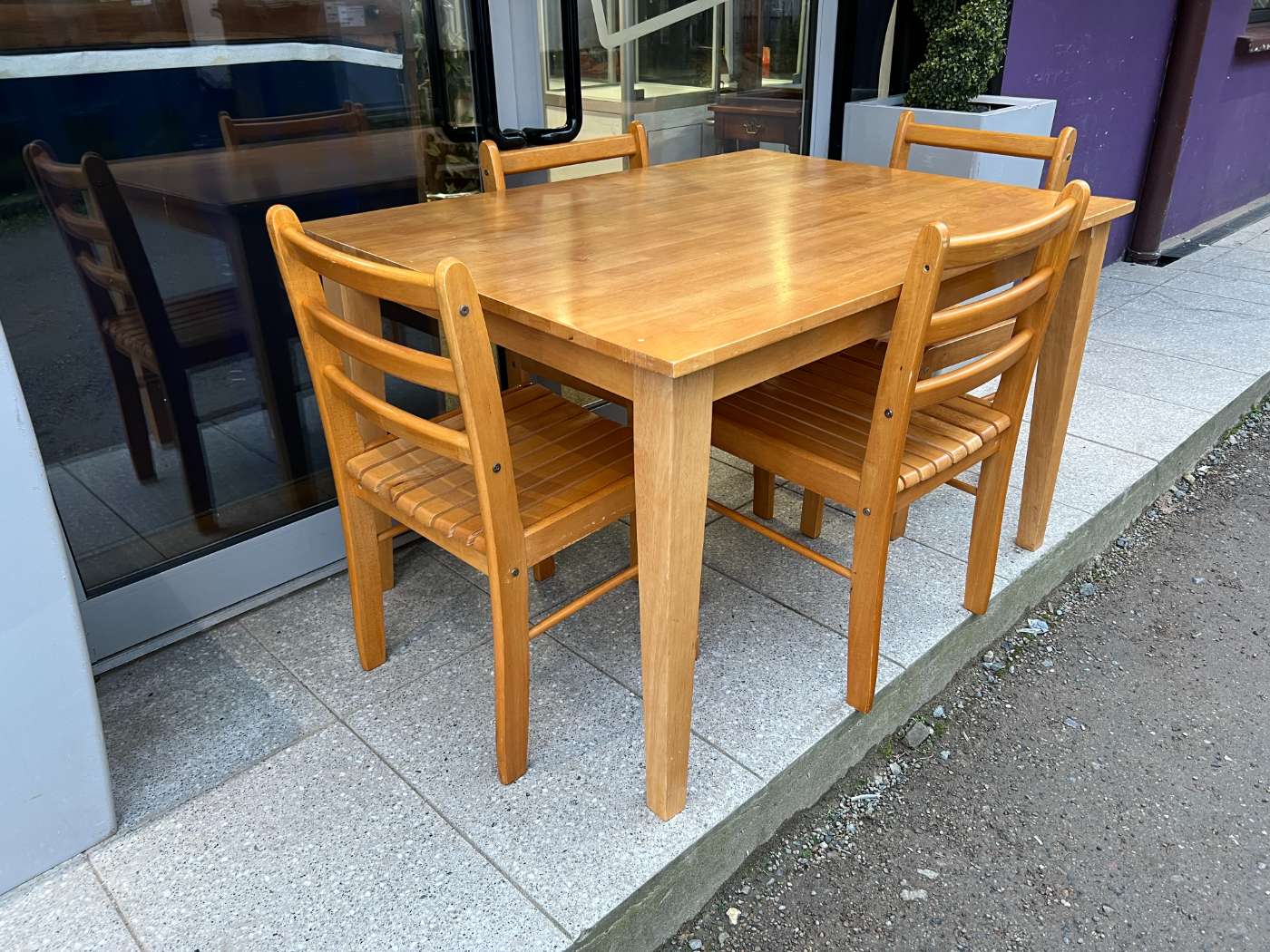Creating balance in an L-shaped kitchen design is all about finding the right combination of elements to give the room the right amount of aesthetic and practical appeal. No kitchen will look and function its best unless it’s laid out correctly, and this room type is no exception. Here are five tips to consider when creating balance in an L-shaped kitchen design: 1. Unify the overall look of the space: A cohesive design can help to create a more balanced room overall. Stick to one design theme, or pick a few unified colors to carry through all the different areas of the kitchen. 2. Make sure the design elements in the space are not too overwhelming: Too much color or too many textures can make the room feel unbalanced. Choose a few of the most important elements to focus on to keep the overall appearance of the space looking harmonious. 3. Utilize both sides of the L-shaped design: As the two sides of the room are different in size, it’s beneficial to take advantage of the shorter side of the room for storage, while focusing the larger side more on tasks that require more space, such as food preparation. 4. Utilize good lighting: Lighting can be used to make a room appear more balanced, as well as providing practical benefits. Natural light is especially helpful in giving a kitchen an airy, open feel, which can help to make the room appear more spacious. 5. Make sure the space is easy to navigate: Arranging furniture and appliances to create pathways is important, as a kitchen that’s easy to move around in will be more conducive to balance and function. 5 Tips for Creating Balance in an L-Shaped Kitchen Design
The L-shaped kitchen layout is one of the most popular types of kitchen designs, with this style enabling homeowners to make the best possible use of the available space. An L-shaped kitchen can easily make a room feel larger, as it creates an even flow between the two sides of the kitchen. When considering a kitchen remodel to create balance in the room, homeowners should take into account the size of the space, the shape of the room, and any existing architectural features. By making use of the L-shaped kitchen layout, homeowners can create a well-balanced room due to the efficient and ergonomic use of the space. An L-shaped kitchen works well for homes with smaller kitchens, as it allows for plenty of storage and worktop space without being too overwhelming. The main benefit of an L-shaped kitchen, aside from creating balance, is its versatility. This type of kitchen enables homeowners to use the existing space in the best way possible while providing plenty of room for appliances, storage, and kitchen accessories. With an L-shaped kitchen, homeowners have more flexibility when it comes to designing their dream kitchen, enabling them to make the best use of the available space. How an L-Shaped Kitchen Layout Can Create Balance in a Room
When it comes to selecting elements for a L-shaped kitchen design, there are certain rules that homeowners should follow in order to ensure they create a balanced and functional space. As this type of kitchen layout is particularly popular, these tips could be useful for anyone looking to make the most of their kitchen space: 1. Make use of the corner: As the two sides of the L-shape create a corner, it’s important to make use of this space. This is a great place to add additional storage, seating or appliances. 2. Choose light-colored cabinets to make the room appear larger: Light-colored cabinetry will open up the space and make it appear larger and more airy. 3. Utilize the available space: With an L-shaped kitchen, homeowners can take advantage of the extra storage and countertop space. Utilizing unconventional storage options such as pot racks or wall-mounted shelves can help to maximize the space. 4. Keep in mind the triangle: When it comes to the work areas of the kitchen, it’s important to keep in mind the “work triangle”—the area bounded by the refrigerator, sink, and cooktop. These should be arranged in an efficient and comfortable way. 5. Make sure there is enough countertop space: Countertops are a must for any kitchen, and an L-shaped kitchen is no exception. Ensure there’s enough room for food preparation, and for areas like the stove and sink. 6. Make sure the appliances are easily accessible: As well as making sure there’s enough countertop space, it’s also important to ensure appliances are easily accessible. This could mean placing them in a more open area of the kitchen. 7. Consider the ergonomics of the space: An important aspect of any kitchen design is ergonomics. Make sure to consider how people move around the kitchen, and how they will work in the space. 8. Think about the color scheme: Color is key to making a room appear more balanced, and it’s no different in a kitchen. Choose a few subdued colors that will blend together, and use accents to add some character to the room. 9. Bring in texture to create interest: Adding elements of texture to the kitchen, such as wood, leather or rattan, can create an interesting and balanced look. 10. Think about the lighting: Lighting can brighten up the room and make it appear larger. Natural light is the best option, but if this isn’t available, make sure to add plenty of overhead and task lighting for a well-lit kitchen.10 Rules to Follow When Selecting L-Shaped Kitchen Design Elements
One of the most important elements of creating balance in an L-shaped kitchen is to use color and texture in the right way. A great starting point is to choose a few colors that will bring the space together, and incorporate them into the overall design. This could include the walls, fixtures and fittings, countertops, and flooring. Colors can be used to create a visually appealing kitchen that is both practical and stylish. Neutral tones, such as ivory, beige, or gray, can make a kitchen appear larger, whereas bright punches of color can add a lively, energized feel to the space. Texture can also be used to create an interesting and balanced look in an L-shaped kitchen. Adding different textures, such as wood, leather, or rattan, can help to create a cozy atmosphere, as well as adding a touch of luxury to the space. By using the right combination of colors and textures, homeowners can create a well-balanced and attractive kitchen that will be eye-catching and practical. Using Color and Texture to Create Balance With an L-Shaped Kitchen
When it comes to designing an L-shaped kitchen, it’s important to consider how lighting and flooring can be used to create balance in the space. When laying out and designing a kitchen, it’s important to consider both the aesthetic and practical aspects of the space. The use of lighting and flooring can help to create an inviting, balanced and functional kitchen. Lighting is crucial when it comes to making a kitchen look and feel more inviting, as well as providing practical benefits. Natural light should be utilized where possible, as this will open up the space and make it appear larger. If natural light is not available, consider installing halogen or LED under-cabinet lights to ensure the space has enough light. Choosing the right flooring can also be a great way to make a space look more balanced. As the L-shape of the kitchen has the potential to make the area look disjointed, the flooring can help to tie it all together. Opt for a flooring that is both hardwearing and visually appealing, such as hardwood, stone, or ceramic tiles. When combining the right lighting and flooring, homeowners should have no trouble in creating an inviting and balanced L-shaped kitchen design. How to Use Lighting and Flooring to Create Balance When Designing an L-Shaped Kitchen
When designing a L-shaped kitchen, it’s important to make use of all the available space, and this includes making use of the walls. Wall-mounted cabinets are a great way to make the most of the available space, as well as helping to create a balanced design. Wall-mounted cabinets help to open up the space, as they are hung up on the wall, rather than taking up floor space. This can help to create a more balanced and inviting look in the kitchen, as it ensures the room doesn’t feel overly cluttered. Wall-mounted cabinets are also great for smaller spaces, as they enable homeowners to make use of the vertical space, while keeping the floor space open. This is ideal for creating a kitchen that is both functional and stylish. Overall, wall-mounted cabinets can be a great addition to an L-shaped kitchen design, as they help to create balance in the room, while maximizing the available space. Why You Should Consider Wall-Mounted Cabinets When Creating Balance With an L-Shaped Kitchen Design
When it comes to creating balance in an L-shaped kitchen, decorative elements can be just as important as the cabinetry and appliances. Decorating an L-shaped kitchen can be a fun and creative way to make it feel homier and more inviting. Here are seven tips to consider when decorating an L-shaped kitchen: 1. Utilize the corner space: As the two sides of the L-shape form a corner, it’s a great place to add a few decorative touches. Consider adding a piece of art, a vase of flowers, or a few plants. 2. Hang a statement light fixture: A great way to add a touch of character to a room is to add a statement light fixture. Find one that complements the overall design and hangs it above the island or dining table. 3. Use mirrors to make the room appear larger: Mirrors are a great way to create an airier, more spacious feeling in a room. Place one strategically in the corner of the room to create a more balanced and visually appealing kitchen. 4. Add storage baskets to keep it organized: Decorative storage baskets are a great way to keep the kitchen looking neat and tidy. Use them to store everything from fruits to magazines to decorative accessories. 5. Utilize the walls: Make use of the walls by adding shelves or wall decorations. This will make the room appear more balanced, as well as giving you more storage. 6. Add color and texture with curtains: Curtains can be used to add a touch of color and texture to the room. Choose curtains in a color that complements the overall design of the room, or opt for an interesting texture to add some character. 7. Add some greenery: A few plants around the room will make the kitchen look and feel more inviting. Choose plants that require minimal maintenance, such as succulents or air plants.7 Tips for Creating Balance When Decorating an L-Shaped Kitchen
When planning a kitchen design, one of the main considered should be creating balance in the space. Creating balance in an L-shaped kitchen design can be a challenge, especially if the room is on the smaller side. However, if planned correctly, a kitchen can be transformed into a well-balanced and stylish space. When designing a kitchen, first consider the layout of the space. An L-shaped kitchen is an efficient and practical layout, as it can create a well-balanced room with minimal effort. Consider the size of the space, and use this as a starting point when planning the design It’s important to think about how you will use the space, and plan accordingly. An efficient kitchen should include adequate storage, countertop, and appliance space. Decide what items you will need in the space, and plan the layout accordingly. When it comes to the cabinetry, homeowners should opt for light-colored cabinets, as these can make a room appear larger and brighter. For the floors, opt for a hardwearing material such as hardwood, stone, or ceramic tile. Keep the color scheme neutral, and consider adding mirrors and plants to open up the room and create a more inviting space. By planning ahead, homeowners will be able to create a well-balanced L-shaped kitchen design. Planning a Kitchen Design Using an L-Shape When Creating Balance
The L-shaped design is one of the most popular types of kitchen designs, with this style enabling homeowners to make the best possible use of the available space. As the two sides of the kitchen are different in size, it’s beneficial to take advantage of the shorter side for storage, while focusing the larger side more on tasks that require more space, such as food preparation. Understanding the Benefits of an L-Shaped Design for Creating Balance in a Kitchen Space
Design Benefits of an L Shaped Kitchen
 An
L shaped kitchen
layout is one of the most popular designs due to its many benefits. Its versatility works well for any size kitchen and its adaptable design is great for open-concept kitchens. By using an L-shaped kitchen design, you can create a balance between form and function, providing a comfortable work area and plenty of storage space.
An
L shaped kitchen
layout is one of the most popular designs due to its many benefits. Its versatility works well for any size kitchen and its adaptable design is great for open-concept kitchens. By using an L-shaped kitchen design, you can create a balance between form and function, providing a comfortable work area and plenty of storage space.
Ergonomic Advantages
 The
L shaped kitchen
layout provides an ergonomically sound environment for food preparation. This design eliminates the need to walk around large islands or other obstacles, allowing for easier access to both appliances and counter space. Additionally, the
L shaped kitchen
layout maximizes the available space and reduces strain from carrying dishes and heavier items.
The
L shaped kitchen
layout provides an ergonomically sound environment for food preparation. This design eliminates the need to walk around large islands or other obstacles, allowing for easier access to both appliances and counter space. Additionally, the
L shaped kitchen
layout maximizes the available space and reduces strain from carrying dishes and heavier items.
Easy to Maintain
 The
L shaped kitchen
layout also has the advantage of being relatively easy to maintain. It can be easily cleaned by sweeping or vacuuming the floor, as the layout does not require the use of a large amount of cabinets or furniture that can attract dirt and dust. This also eliminates the hassle of having to move those items to get to the back of the cabinets or drawers.
The
L shaped kitchen
layout also has the advantage of being relatively easy to maintain. It can be easily cleaned by sweeping or vacuuming the floor, as the layout does not require the use of a large amount of cabinets or furniture that can attract dirt and dust. This also eliminates the hassle of having to move those items to get to the back of the cabinets or drawers.
Integrates Easily to Any Room
 The
L shaped kitchen
design is also well suited to open concept kitchens, as the layout does not take up much space. This allows for more seating in adjacent rooms, as well as providing more space to entertain guests. Additionally, the L shape design allows for a bench seat setting, which is perfect for easy-access dining.
The
L shaped kitchen
design is also well suited to open concept kitchens, as the layout does not take up much space. This allows for more seating in adjacent rooms, as well as providing more space to entertain guests. Additionally, the L shape design allows for a bench seat setting, which is perfect for easy-access dining.
Design Possibilities
 The
L shaped kitchen
layout can also be customized for almost any look or style. Whether it be more traditional cabinetry or modern touches, this layout provides endless design possibilities, allowing you to create an individualized kitchen that is totally unique to your home. From updates to custom cabinetry and countertops, the L-shaped kitchen design allows for unlimited opportunities to turn your kitchen into your dream space.
The
L shaped kitchen
layout can also be customized for almost any look or style. Whether it be more traditional cabinetry or modern touches, this layout provides endless design possibilities, allowing you to create an individualized kitchen that is totally unique to your home. From updates to custom cabinetry and countertops, the L-shaped kitchen design allows for unlimited opportunities to turn your kitchen into your dream space.





























































